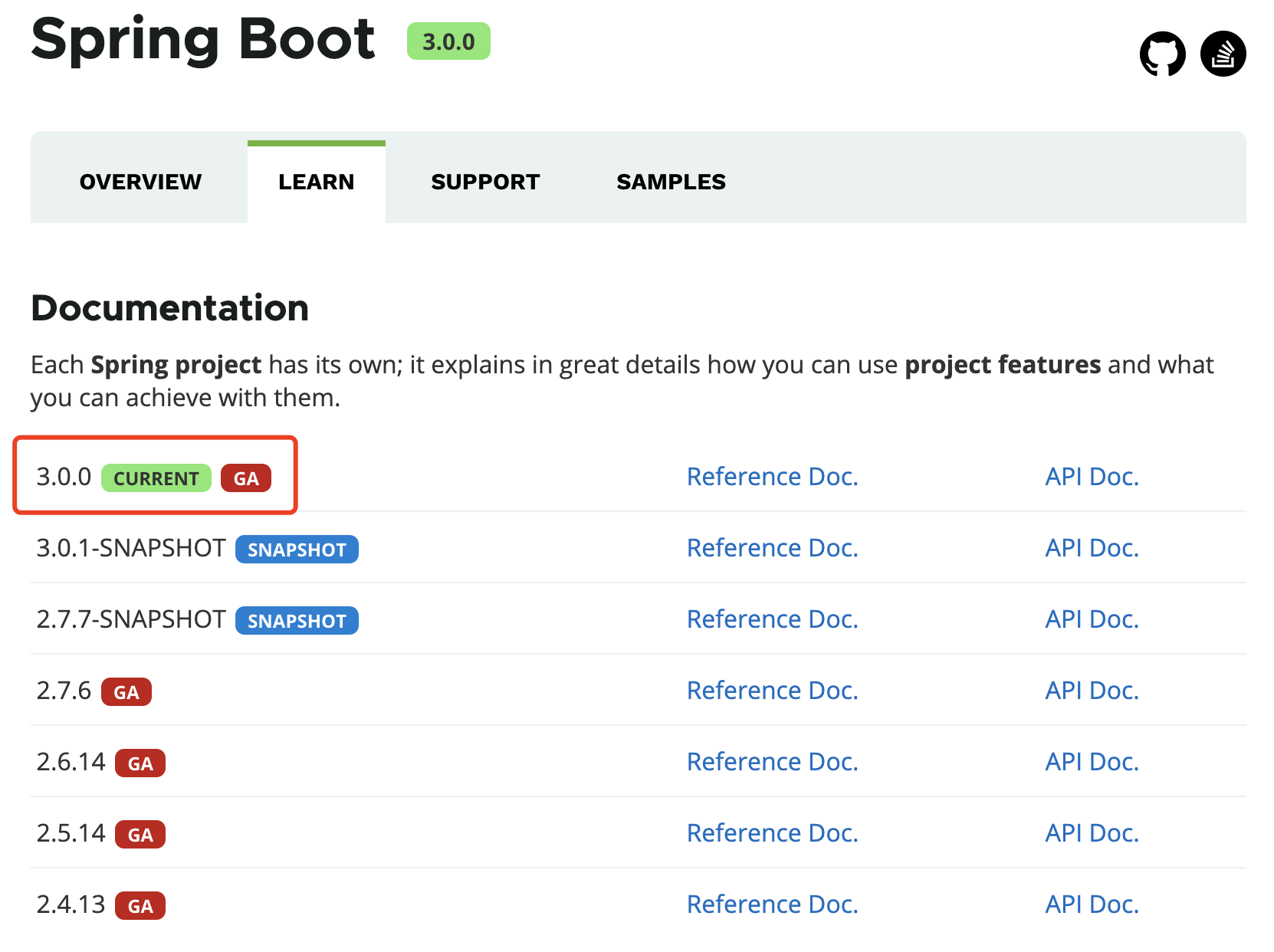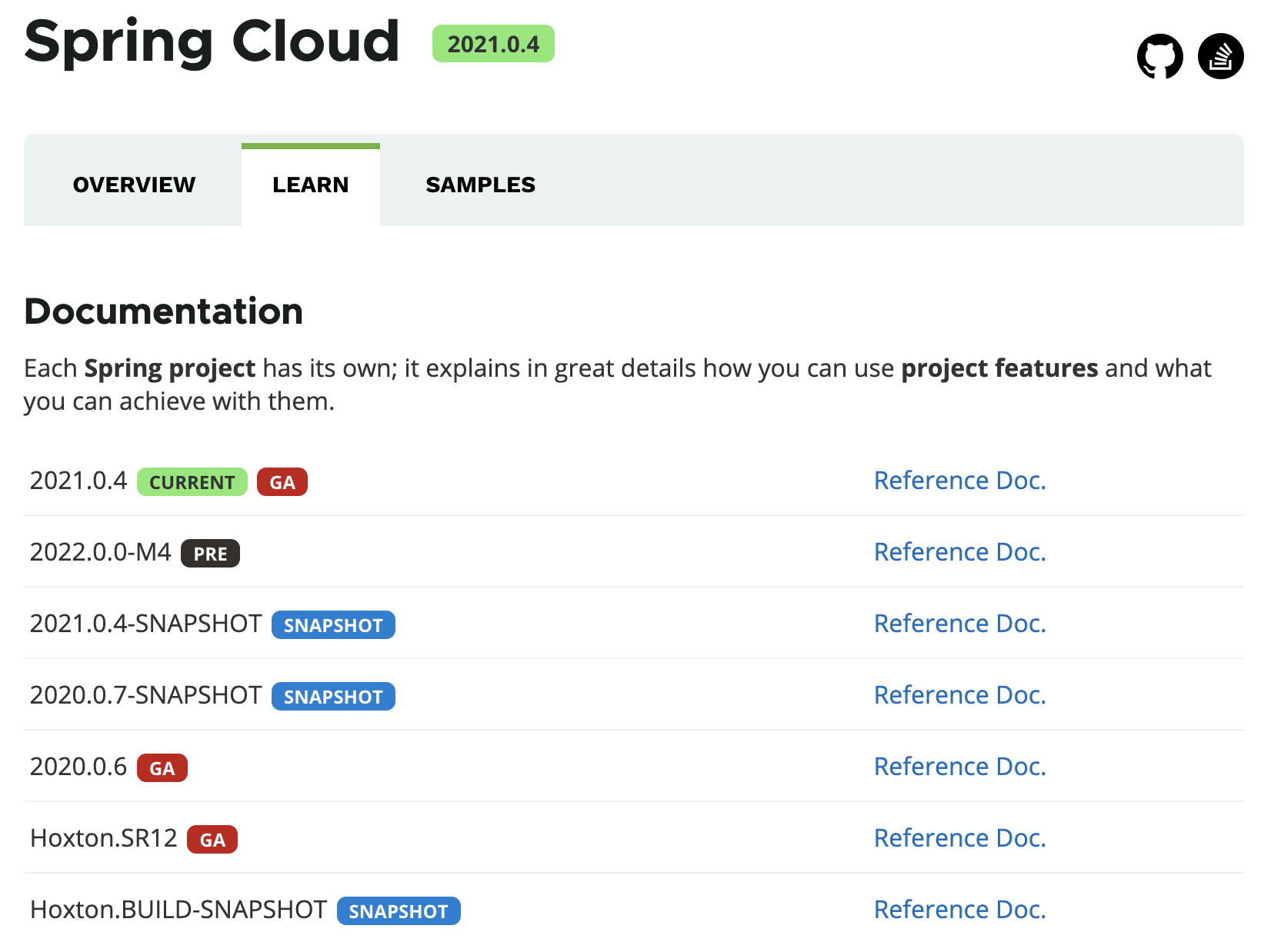在之前的文章:Spring Boot读取配置的几种方式,我介绍到 Spring Boot 中基于 Java Bean 的参数绑定,在一个 Java Bean 类上用 @ConfigurationProperties 注解标识(更多 Spring Boot 的教程请关注公众号 “Java技术栈” 在后台回复:boot)。
前几天,Spring Boot 2.2.0 正式发布了:Spring Boot 2.2.0 正式发布,支持 JDK 13!,文中有提到基于构造器的参数绑定,那么今天栈长就带大家来实践一下,到底怎么用,有什么用。
废话不说,先上示例代码:
import org.springframework.boot.context.properties.ConfigurationProperties;
import org.springframework.boot.context.properties.ConstructorBinding;
import org.springframework.boot.context.properties.bind.DefaultValue;
import org.springframework.format.annotation.DateTimeFormat;
import java.util.Date;
/**
* 微信公众号:Java技术栈
*/
@ConstructorBinding
@ConfigurationProperties(prefix = "tom")
public class TomProperties {
private String name;
private String sex;
private int age;
private String country;
private Date entryTime;
public TomProperties(String name,
String sex,
int age,
@DefaultValue("China") String country,
@DateTimeFormat(pattern = "yyyy-MM-dd HH:mm:ss") Date entryTime) {
this.name = name;
this.sex = sex;
this.age = age;
this.country = country;
this.entryTime = entryTime;
}
public String getName() {
return name;
}
public String getSex() {
return sex;
}
public int getAge() {
return age;
}
public String getCountry() {
return country;
}
public Date getEntryTime() {
return entryTime;
}
@Override
public String toString() {
return "TomProperties{" +
"name='" + name + '\'' +
", sex='" + sex + '\'' +
", age=" + age +
", country='" + country + '\'' +
", entryTime=" + entryTime +
'}';
}
}
配置文件内容:
tom:
name: Tom
sex: man
age: 18
entry-time: 2012-12-12 12:00:00
参数结果输出:
TomProperties{name=’Tom’, sex=’man’, age=18, country=’China’, entryTime=Wed Dec 12 12:00:00 CST 2012}
通过构造器的参数绑定,其实就是在 @ConfigurationProperties 注解的基础上再添加一个 ‘@ConstructorBinding’ 注解。
@ConstructorBinding几点总结:
1、用了 @ConstructorBinding 这个注解,就标识这个类的参数优先通过带参数的构造器注入,如果没有带参数的构造器则再通过 setters 注入;
怎么判断是通过 setters 注入还是构造器注入,请看这个类的源码:
org.springframework.boot.context.properties.ConfigurationPropertiesBean.BindMethod
2、当 @ConstructorBinding 用在类上时,该类只能有一个带参数的构造器;如果有多个构造器时,可以把 @ConstructorBinding 直接绑定到具体的构造方法上;
3、成员变量可以是 final 不可变;
4、支持该类的内部类构造器注入的形式;
5、支持默认值 @DefaultValue、@DateTimeFormat 时间格式等注解配合使用;
6、需要配合 @ConfigurationProperties、@EnableConfigurationProperties 注解使用;
7、不支持像 @Component、@Bean、@Import 等方式创建 bean 的构造器参数绑定;
来看下它的源码:
@Target({ElementType.TYPE, ElementType.CONSTRUCTOR})
@Retention(RetentionPolicy.RUNTIME)
@Documented
public @interface ConstructorBinding {
}
什么参数都没有,可以说明,它就是起到一个构造器参数绑定的标识作用。
涨姿势了吧??又学会了一种绑定参数的新方法了!
获取所有 Spring Boot 示例代码,请关注微信公众号 “Java技术栈” 在后台回复关键字:bootcode。
未完,栈长将陆续分享 Spring Boot 最新技术教程,现在已经写了一堆存货了,关注微信公众号 “Java技术栈” ,公众号第一时间推送!

声明:本站所有文章,如无特殊说明或标注,均为本站原创发布。任何个人或组织,在未征得本站同意时,禁止复制、盗用、采集、发布本站内容到任何网站、书籍等各类媒体平台。如若本站内容侵犯了原著者的合法权益,可联系我们进行处理。




